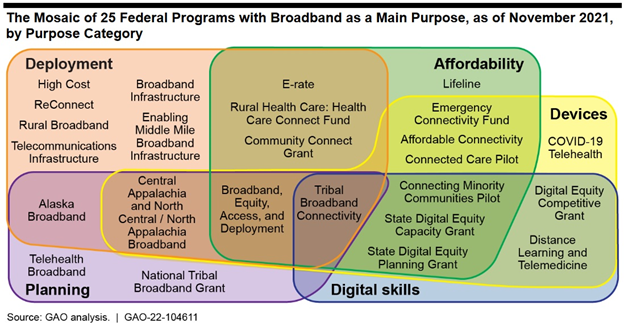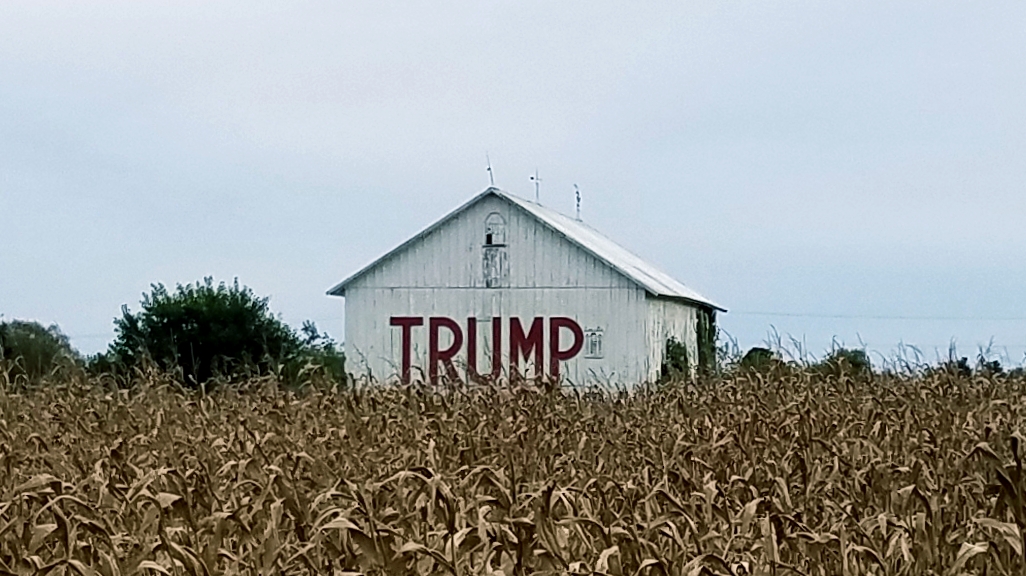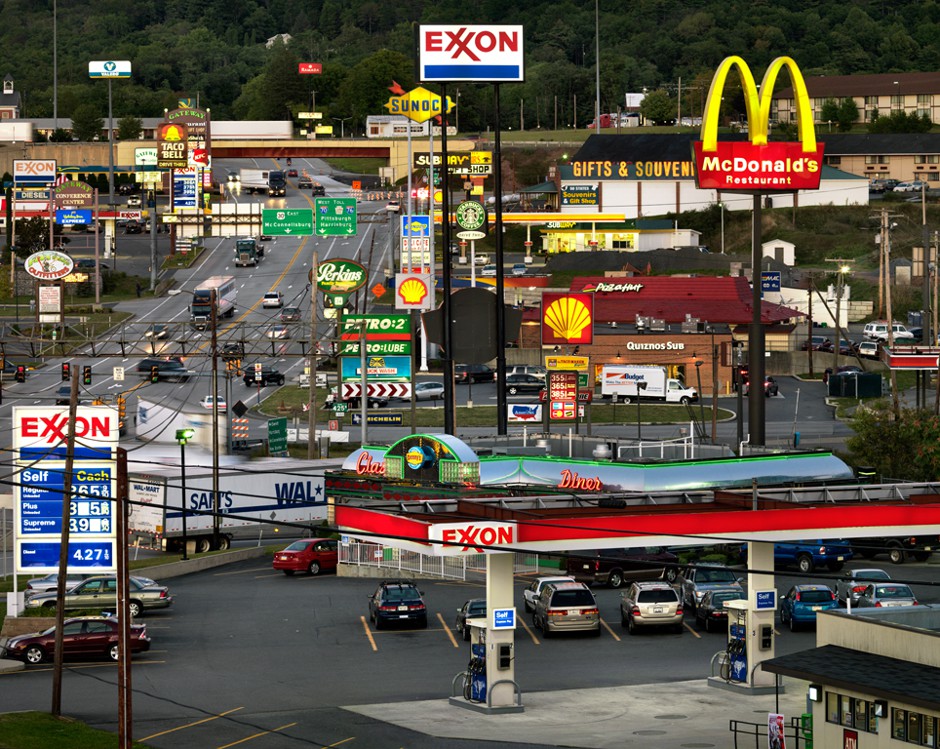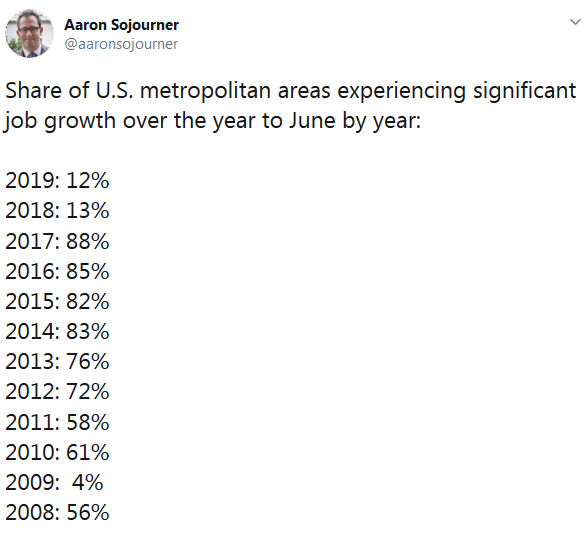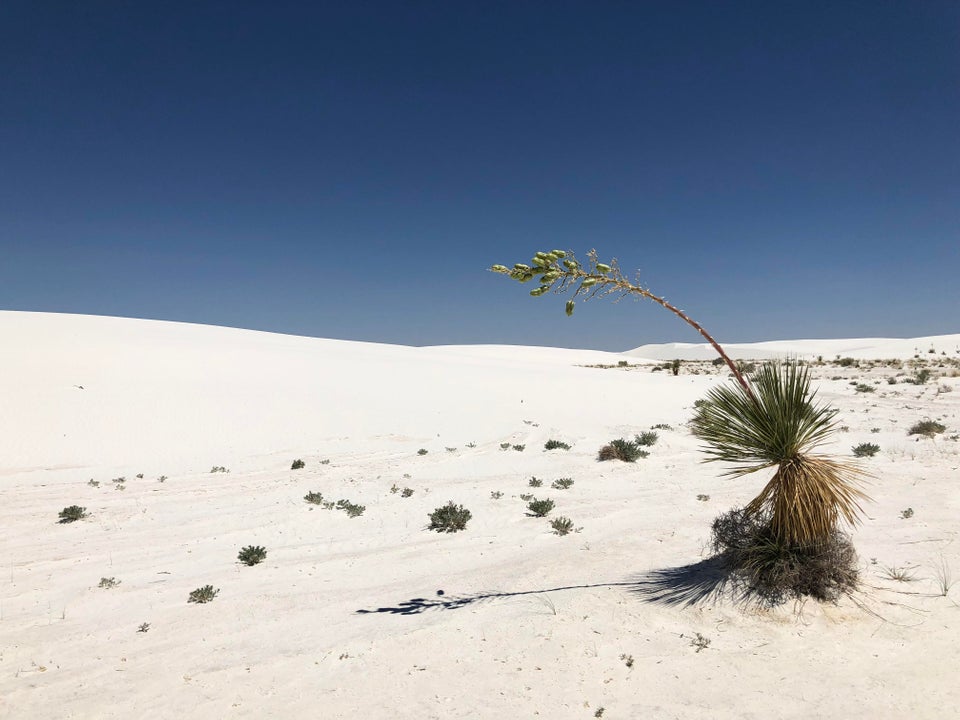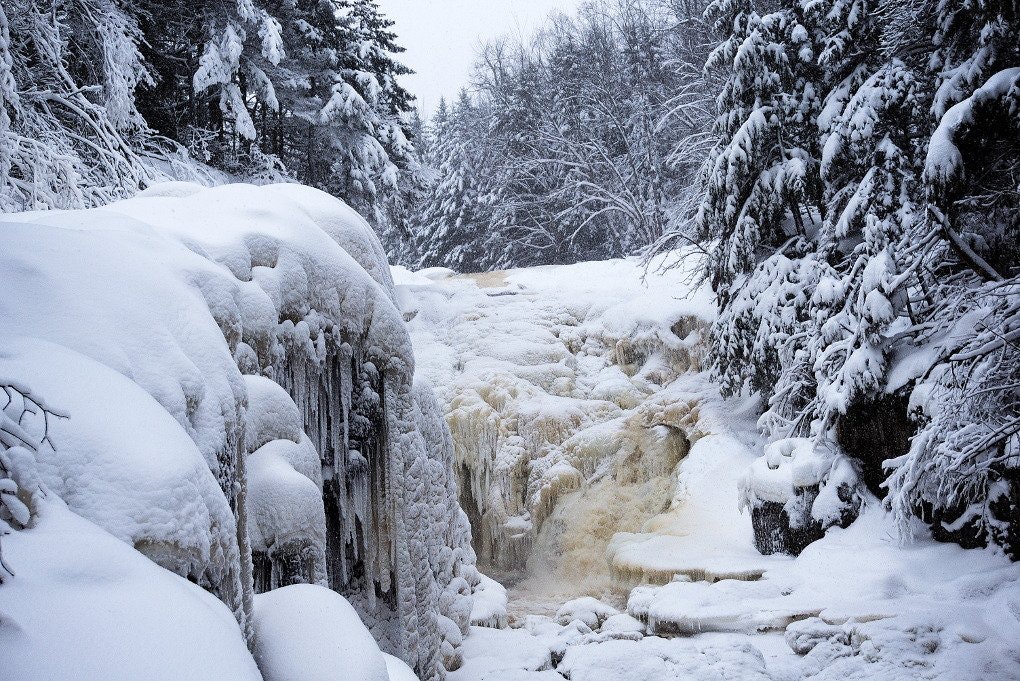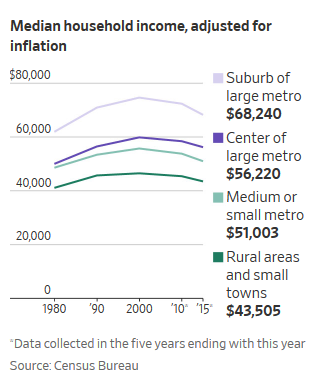The Daily Escape:
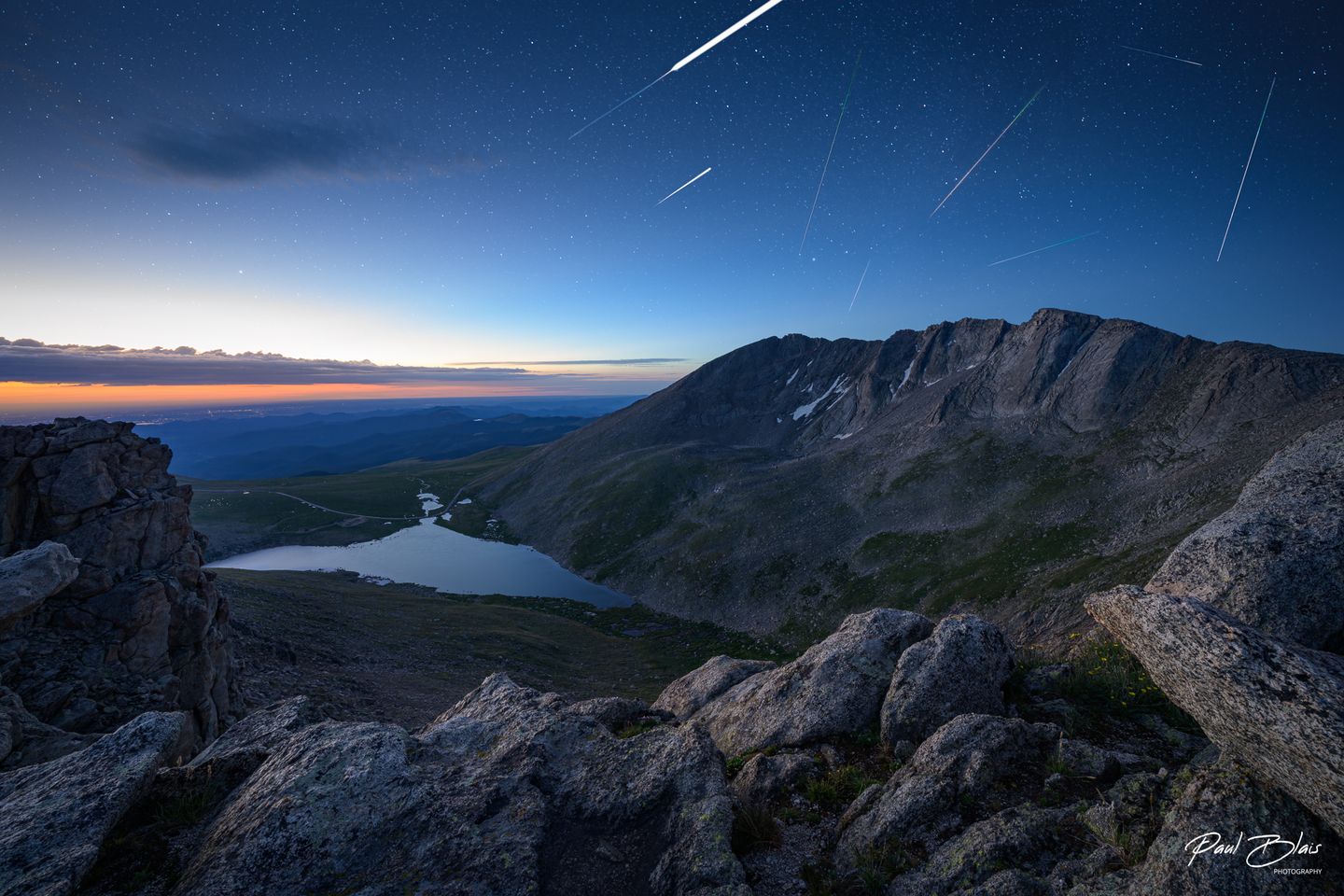
Perseid meteor shower, from Mt. Evans, CO – August 13, 2023 photo by Paul Blais Photography
Welcome to our Saturday Soother, but first, Wrongo intends to spin you up before eventually letting you slow down.
There’s a crisis in rural healthcare in America. Rural hospitals are closing at a rapid rate. Our county (Litchfield) in Connecticut has one of three remaining hospitals that are designated as rural in the state (Sharon Hospital).
A problem for rural hospitals is that many are closing down their labor and delivery services in order to try and remain economically viable. WSHU, a CT-based NPR affiliate, has covered the impact of these closures to Connecticut. They quote Peiyin Hung, a researcher on maternal and rural health at the University of South Carolina:
“My team has been tracking nationwide, hospital-based obstetric unit closures since 2008 up to 2022,…. Almost 300 hospitals closed their OB units.”
WSHU points out that more than 60% of those closures were in rural areas. Why are so many hospital groups moving away from delivering babies in rural locations?
WSHU quotes Dr. Robert Roose, chief medical officer at Johnson Memorial, a hospital in rural Stafford Springs, CT that closed its obstetric unit. He said that it’s a safety issue. Hospitals with fewer than 200 deliveries a year, like Johnson Memorial, are considered low-volume birthing centers:
“There is a clear and critically important correlation between volume and quality of services provided when it pertains to labor and delivery and maternity care…”.
Three years ago, Hartford HealthCare’s Windham Hospital in Willimantic, CT stopped delivering babies, citing the same concern.
Also, malpractice insurance rates go up for low birth-volume hospitals because insurers feel the risk is higher if doctors aren’t getting sufficient practice with birthing. Hung says another problem is the level of reimbursement:
“Medicaid…pays half as much on average [as] private insurance pays for labor and delivery across the country”.
That’s important because about four in 10 of all Connecticut deliveries are covered by Medicaid. Simply put, delivering babies doesn’t pencil out for many rural hospitals.
There are other factors: Rural America’s demographics skew older. Young families in general prefer living in the suburbs or exurban areas. Couple that with America’s lower birth rate and rural hospitals really can’t maintain the birthing volume they need to remain economically viable.
The Center for Healthcare Quality and Payment Reform, (CHQPR) a Pittsburg-based health policy group published “A Crisis in Rural Maternity Care in the United States” which shows the problem:
“Fewer than half (45%) of the rural hospitals in the US currently offer labor and delivery services, and in 9 states, less than one-third do. Over the past decade, more than 200 rural hospitals across the country have stopped delivering babies”.
More:
“Hundreds of additional communities are at risk of losing maternity care because of the financial challenges rural hospitals are facing….More than 1/3 of the rural hospitals that still have labor & delivery services have been losing money on patient services, so their ability to continue delivering maternity care is at risk.”
CHQPR reports that more than half of small rural maternity care hospitals lost money in 2021-22.
They suggest that a primary reason rural hospitals are losing money is that private insurance plans pay them less than what it costs to deliver many of the services they offer patients, not only maternity care. They point out that while rural hospitals are losing money on uninsured patients and Medicaid patients, the losses from private payers have the biggest impact on their overall profit margins.
CHQPR suggests that a potential solution is to require that health insurance payments actually cover the cost of rural maternity care. With more than 40% of births (on average) in rural communities paid for by private health plans, having the private insurers pay more would help keep rural maternity care viable:
“Payment amounts must be higher in communities that have difficulty attracting staff, and payments must also be higher in communities with smaller numbers of births to ensure that revenues cover the fixed costs.”
This means that the fee-for-service model isn’t working in low-volume hospitals. Rural hospitals are only paid when they actually provide a service, but a small hospital has proportionally higher overheads than larger hospitals, since they must be staffed and ready to deliver a baby at all times, even if there are no deliveries at all. Read CHQPR’s report “A Better Way to Pay Rural Hospitals”.
Back to Connecticut, Sharon Hospital has proposed closing its labor and delivery unit. There will be a public hearing to consider the closure later this year. But Sharon is about an hour from its affiliated hospital (Danbury Hospital) that has a fully-staffed labor and delivery facility. Sharon may actually be closer to two other unaffiliated hospitals in New York state than it is to its own parent facility.
It’s now time for our Saturday Soother. Litchfield County is having beautiful weather this weekend. We’re taking advantage of it by going to a live Baroque music concert, and possibly heading off to the annual fair in a local town.
To help you relax and zone out from all of the Trump indictment analysis, grab a chair outside in the shade and watch and listen to “Gortoz a Ran” (I’m Waiting) sung by Denez Prigent and Lisa Gerrard. The language in the song is Breton, spoken in Brittany, France. It is closely related to Cornish and Welsh, and all three are Celtic tongues. When the Angles, Saxons and Jutes invaded Britain in the fifth century (400-500 AD), many of the Britons in Cornwall, Devon, and the West Country fled across the English Channel to France. Because of the influx of Britons, the region became known as Brittany.
Most of the images in the video are of Scotland, England, Wales, and Brittany. Lisa Gerrard isn’t singing in any language; she’s just vocalizing. The Uilleann pipes, an Irish instrument, are heard at 3:50:
Lyrics: English Translation
I was waiting, waiting for a long time
In the dark shadow of grey towers
In the dark shadow of grey towers
In the dark shadow of rain towers
You will see me waiting forever
You will see me waiting forever
One day it will come back
Over the lands, over the seas
The blue wind will return
And take back with it my wounded heart
I will be pulled away by its breath
Far away in the stream, wherever it wishes
Wherever it wishes, far away from this world
Between the sea and the stars
The song describes waiting, possibly forever: Aren’t we all waiting? What are we waiting for? For whom are we waiting? Happy Saturday!


